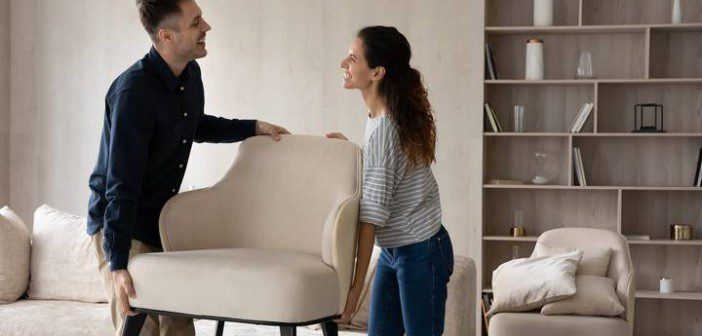Have you ever noticed how after you rearrange your furniture, it makes you feel better? That’s a real feeling! It happens to many people, and that’s the mental health benefits of rearranging furniture kicking in. Even though not all of us may be aware of it, as we rearrange furniture, the psychology behind what goes where, what colour scheme to pick and the décor to choose stimulates the brain.
We can get so used to looking at the layout of our house that we never think of changing it, and forever it shall look as it looks. By starting to rearrange furniture, you essentially interrupt the stagnancy and plunge a room into chaos while you determine what goes where. When done, you’ve erased what used to be and created a new room without buying anything new.
Here is a guide about the psychology of rearranging furniture.
Psychology of Furniture Personality

You may want to buy new furniture for your layout, and here’s why. It’s your home, and it should represent your personality. If you have a lot of second-hand furniture that doesn’t feel or look like you, that can make you feel like an imposter in your home.
The same can be said choosing an interior design style or home décor aesthetic that doesn’t match you. Give some thought to bringing out more of yourself in your furniture layout. This may involve doing some searching for new furniture.
Functional Furniture Psychology
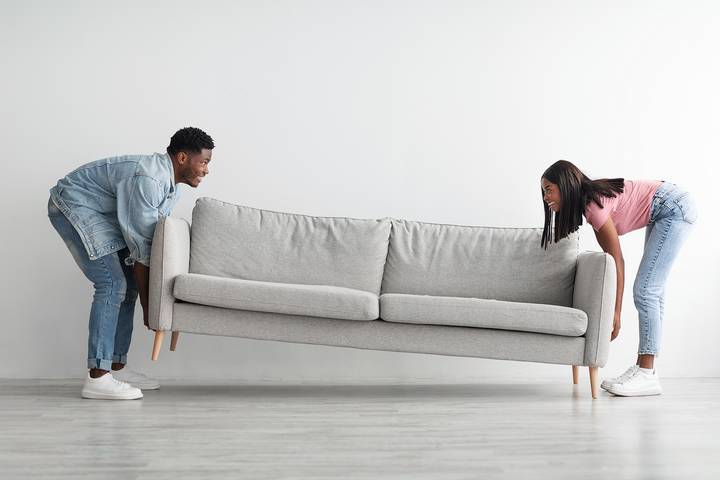
A functional furniture layout is a must. A room that is not functional will make you feel not very functional. You may notice this if you’ve been in a crowded room with people or things. Rearranging your furniture should be done with aesthetics and functionality in mind.
Define what the room is supposed to be for and shape it according to that purpose. Think about all the rooms in your home. Are they properly suited to their function? If not, you may have more rearranging in your future.
In addition, you should about the practicality of your furniture. Some furniture choices are famous for being highly functional and versatile. For instance, a sofa bed for small spaces is a compact piece of furniture that can convert between a sofa and a bed. That allows you to have more space in your bedroom, which is mentally liberating. Using the right furniture can help improve the perception of your surroundings.
Furniture Size Psychology

Arranging furniture can determine how large or small a room feels. You control the route of foot traffic by doing this as well. In a large room, floating furniture is best as you create zones in an open-concept area. In a small room, furniture against the wall and carefully arranged to maximize the square footage available will make it feel less tiny.
Size psychology is particularly obvious when the furniture is too large or small for the room it’s in – an important consideration before crafting an arrangement.
Psychology of New Furniture
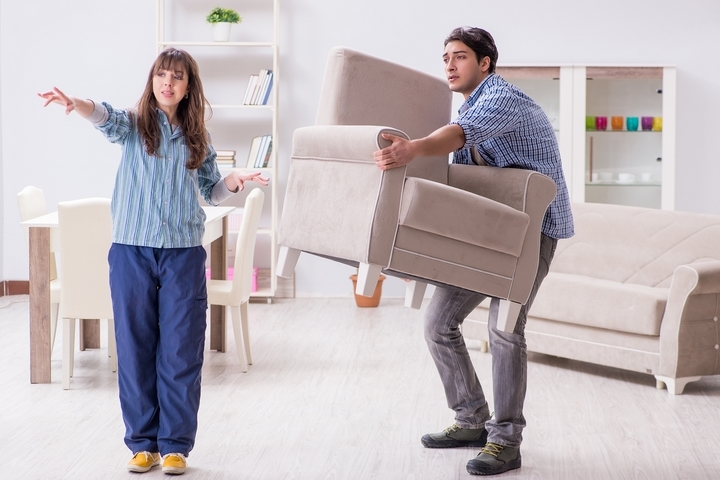
As we rearrange furniture, we often do some cleaning simultaneously. This sort of cleaning we do is cleaning away the past. You’re clearing the room of bad memories or lingering feelings that no longer serve you.
All that stuff gets taken away and what you’re left with is something fresh. It allows you to proceed with a mindset that’s less bogged down with negatives. Instead, you’re more focused on the future of what’s possible in your new space.
Psychology of Furniture Color
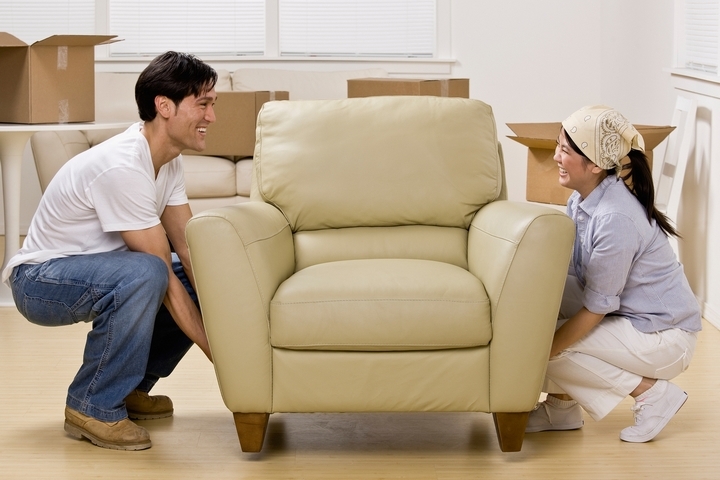
Changing a space’s colour can drastically affect how we feel inside it. Red is bold and exciting. Yellow is optimistic and warm. Blue signifies strength, the ocean, and nature. Green represents health, plants, and growth.
Colours may also have a personal meaning to you and others or a cultural meaning. What shade your furniture is in, especially if it’s an unusual colour, impacts the psychology of the room in a major way.
Creative Furniture Psychology

Rearranging furniture has been shown to elevate mood, provide satisfaction and accomplishment, increase focus and creativity, and add to comfort. If you’ve been anxious or depressed, this is a small strategy to feel better. If you recently started working from home, rearranging furniture for this new activity sets the intent.
If you are a creative person, routinely altering your room layout enhances your mind’s ability to be creative. These are all scientifically-proven benefits that come with rearranging furniture.
Psychology of Minimalist Furniture
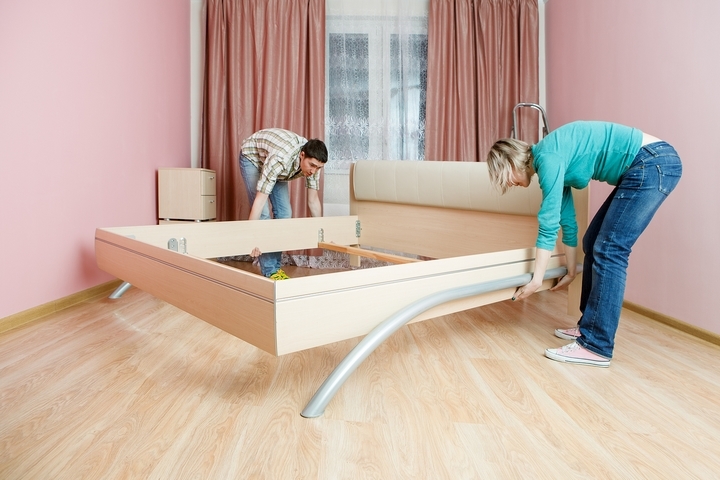
Maximalism gets a bad name for overloading a space with too many patterns, textures, colours, and, overall, just too much. For some, though, maximalism works. If you have a loud, eclectic, chaotic, or colourful personality, go with maximalism.
Most homes, however, will go towards minimalism, where ‘less is more. The psychology behind minimalism is that it’s calmer, arguably more welcoming and warm, and there’s less to be distracted by. It helps to keep the mind clear and anxiety-free.
Psychology of Furniture Shapes
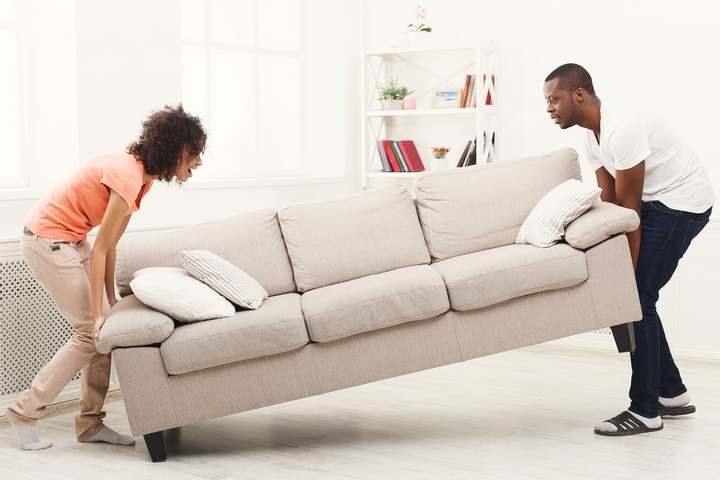
Just like the colour has psychology behind it, so do shapes. A welcoming room is generally one that relies on curves rather than angles. Curves and roundedness on your furniture and layout communicate harmony, balance, and completion.
Angles, by comparison, communicate efficiency and professionalism. There is a place for both angles and curves with furniture and layouts, but depending on your goal, one may make more sense than the other.

